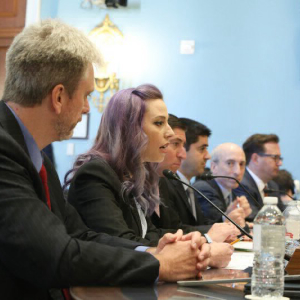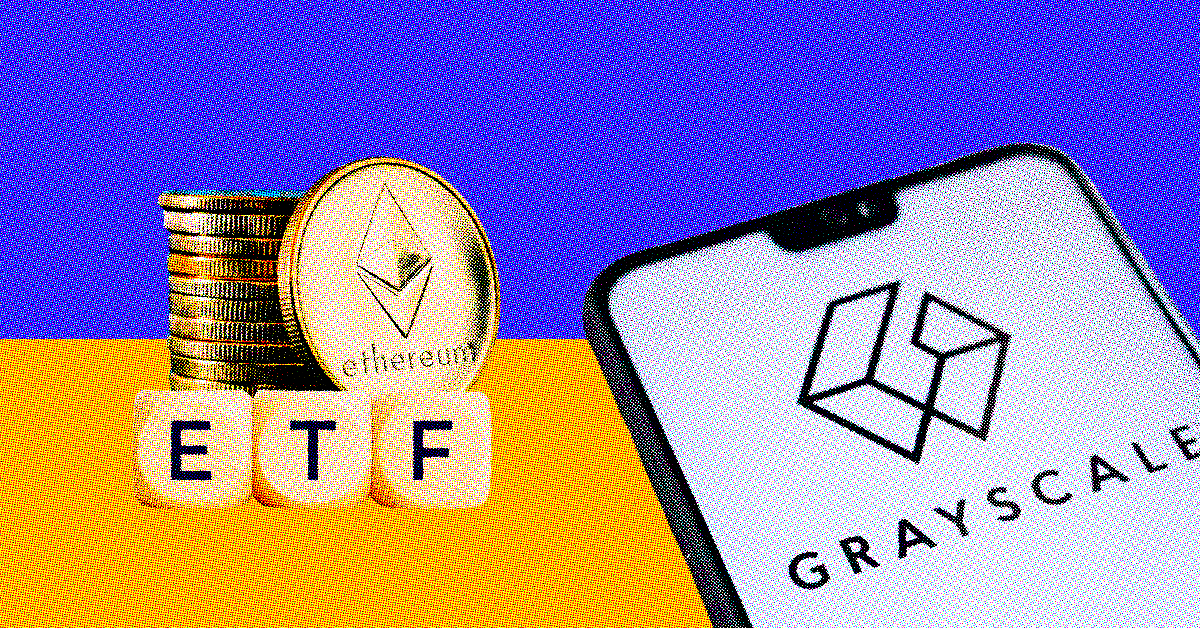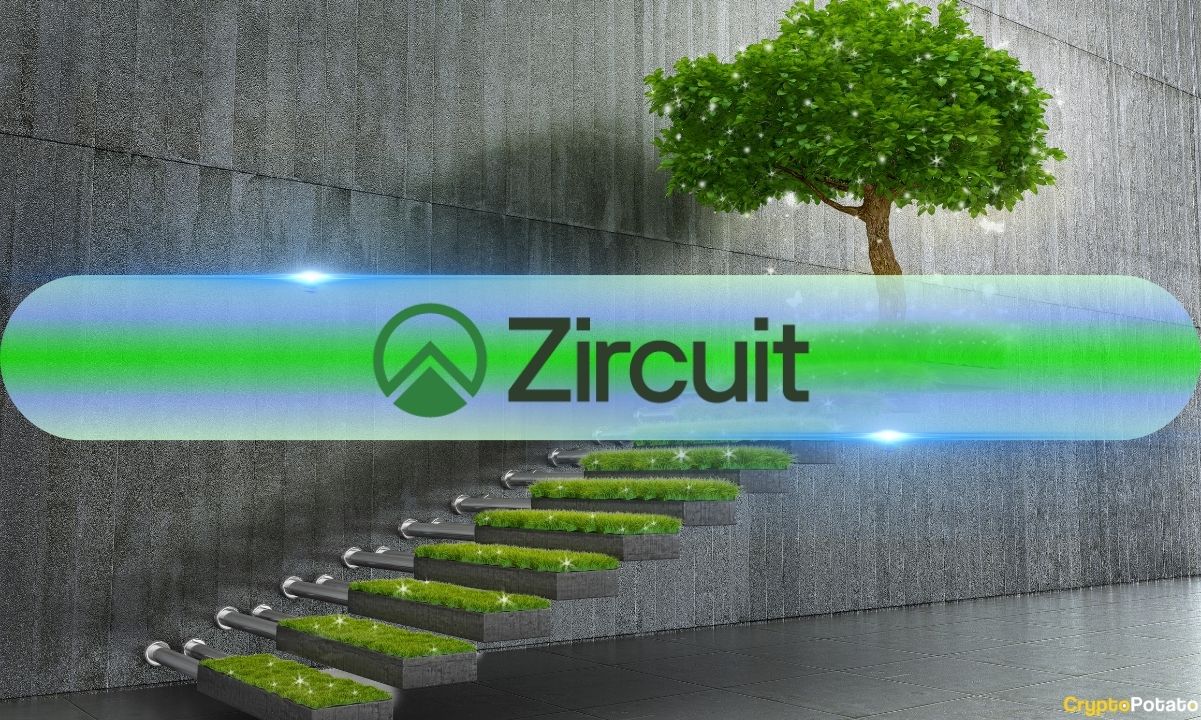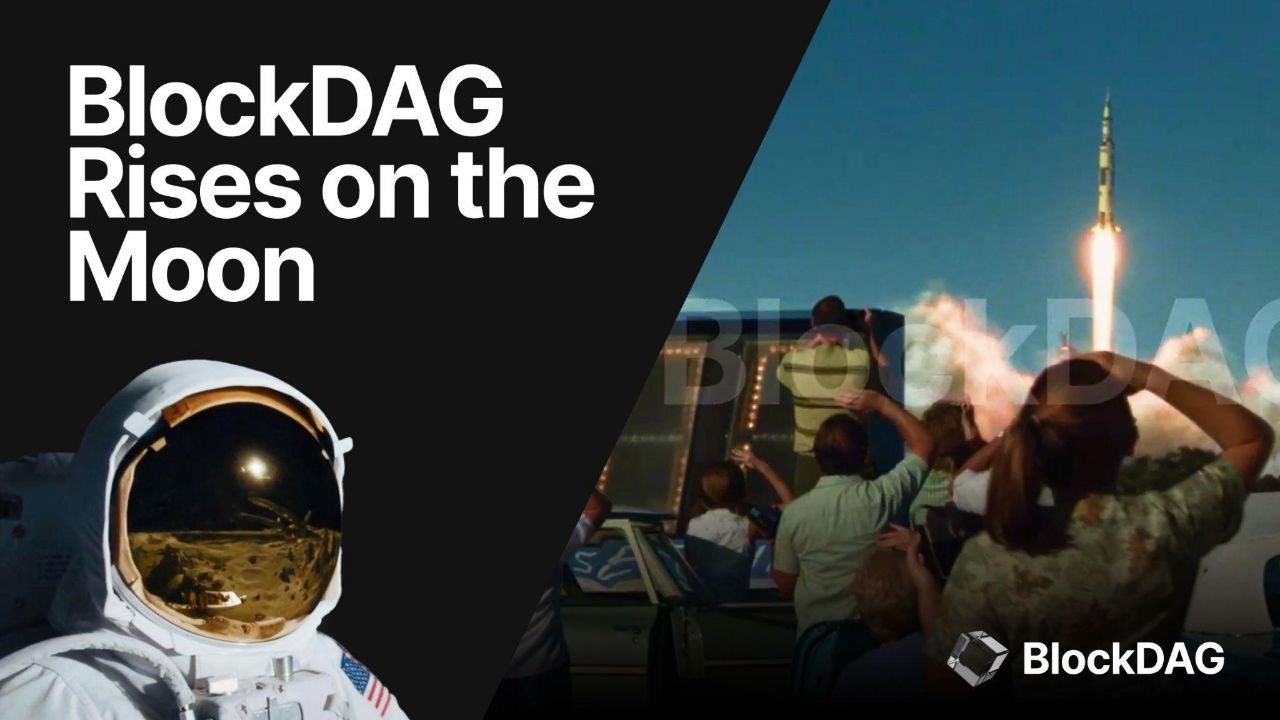The ASX is in the midst of one of the most publicised and largest Blockchain projects in the world, using decentralised ledger technology to replace an ageing ‘CHESS’ system.
Many organisations are looking to this project as a key indicator of Blockchain’s ability to make a meaningful impact at an enterprise level.
In the lead up to the APAC Blockchain conference, the conference team caught up with Peter Hiom, Deputy CEO of the ASX and a keynote speaker at the conference to get a greater insight in the project progress to date.
- the background of the project
- key challenges DLT will address
- the advantages and disadvantages compared to CHESS
- initial challenges and how they were overcome
- benefits the ASX and its customers can expect from Blockchain
- steps taken to ensure data integrity
1. For background to our readers, would you be able to provide us with a brief overview of ASX’s Blockchain project?
ASX has a long and proud history of innovation. Whether it’s closing trading floors and embracing electronic trading, removing the need for paper-based share certificates with CHESS, demutualising and self-listing, or merging equities and futures exchanges.
ASX’s Blockchain story really starts in 2015 when we began considering the replacement of CHESS – ASX’s system which performs the processes of clearing, settlement, asset registration, and some other post-trade services which are vital to the orderly functioning of Australia’s equity market. CHESS was developed by ASX over 25 years ago and while it continues to be stable and perform well, it is not a platform for the 2020s and beyond. CHESS has to be replaced.
As a critical piece of market infrastructure that connects a large number of market users to one another, replacing CHESS is something we only do once every 20 – 30 years, so we wanted to be sure that we considered all the available options. This included distributed ledger technology (DLT), also referred to as Blockchain.
2. What were the triggers that influenced the ASX to take the leap and adopt the technology?
To date, we’ve spent nearly four years understanding the detailed workings of DLT and what is (and isn’t) applicable to financial markets.
Through a multi-year process of prototyping and testing we have come to realise that DLT may be able to help address a number of significant challenges that our customers are facing: competition driven by technology, increased regulation, legacy systems and manual processes.
What we learned is that DLT enables the safe and secure sharing of private data, which in turn enables the mutualisation of services, the simplification of workflows and the ability to innovate. At its heart, DLT allows users to mathematically prove to themselves (without constant message based reconciliation) that the data they have is the truth, the whole truth, and nothing but the truth. When combined with standardised APIs, processes, rules and message protocols, we could see this delivering enormous benefit to the market. DLT looked to be a potential game-changer.
Distribution of the system could be to everyone – intermediaries, investors, issuers and beyond. And the technology’s application is broad-based – equities, obviously, but fixed income, managed funds, bank guarantees, trade finance, logistics, etc, as well. And it’s why financial market infrastructures, like ASX, are ideally placed to operate DLT platforms – we are trusted, we have a track record of operating critical infrastructure, we are neutral (that is, we aren’t a market user) and we can facilitate adoption of the technology.
Importantly, we see the real ‘prize’ offered by DLT to be the innovation and efficiencies it will enable for the market. In other words, it’s much bigger than just ASX. We believe DLT will help solve problems and meet challenges for the whole industry.
3. How did you come to choose Digital Asset?
We conducted a comprehensive global search and selection process before choosing Digital Asset as our technology partner to develop DLT in January 2016. We chose Digital Asset because it was a company that had deep expertise in DLT as well as financial markets. We also chose Digital Asset because it is working with some of the world’s largest financial institutions on implementing DLT solutions.
With this background in financial services, Digital Asset was one of the first DLT providers to recognise the importance of data segregation and privacy when designing the ledger component of the solution. It also developed the Digital Asset Modelling Language (DAML) which is an open source smart contracting language built for financial markets – a key enabler for mutualising workflows. We believe that DAML will become one of the de facto standards for building applications that operate on top of DLT systems.
As a case in point, DAML has also been chosen by the International Swaps and Derivatives Association (ISDA) to standardise the OTC derivatives world. In the long run, these standardisations will make life easier for our customers.
4. What are the advantages and disadvantages in comparison to CHESS?
We’re building an open infrastructure solution that offers the benefits of a contemporary platform that contains additional new functionality, with the added option of access to permissioned, source-of-truth data, in real-time.
ASX’s CHESS replacement project will replace an existing, aged COBOL system, with a system built on Java and DAML.
We will replace the proprietary CHESS messaging protocol (there was no other standard available at the time) and move Australia to the global ISO standard, which many market infrastructures and central banks, including the RBA, are migrating to.
We are carrying through all of the existing functionality of CHESS. This ensures that the new system can do what the old system did.
In addition, we will add 35 new functional specifications. These were requested by market users, our customers, and developed over an extensive consultation period of 18-plus months with working groups representing the market.
Everything mentioned so far relates to a relatively straightforward systems replacement.
On top of this, users will have the option of taking a DLT node, which we believe will add significant additional value to them over time. This DLT-based option will allow customers to connect to real-time source-of-truth data. This reduces the risks and costs of reconciliation and opens up new opportunities to innovate for the whole market.
5. It’s understandable that a project of this size would experience ups and downs – what were the biggest challenges the ASX came up against and how were they overcome?
We’re still very much in the build and test phase of CHESS replacement, so there is still a way to go before we implement the new system in March/April 2021. However, as with any system change, engagement with stakeholders is key. This is particularly important in a complex migration to a new system that is dependent upon many organisations getting ready for Day 1. Supporting our customers continues to be one of our most important ongoing efforts to help them prepare.
With this in mind, we continue to engage extensively with the market, which has been and continues to be positively involved in the process. We have received excellent input into the design of the replacement system from a broad range of stakeholders and prioritised 35 requirements requested by the market, for the market. We’re also increasing efforts to work closely with other stakeholders and encourage anyone who wants to know more about CHESS replacement to talk with us.
6. You’ve acknowledged there will be cost savings for customers, is that also ultimately the aim for the ASX?
Absolutely – and also to create new revenue opportunities for them. ASX’s aim is to create a solution, which is based on open technology, to give access to more stakeholders to enable them to create new products and services, improve efficiencies, and lower risk and costs.
The potential new products and services, and the possible cost savings depend on each customer’s business model and are best assessed by them. But consider this – the cost of the $2.7 trillion super system alone is currently around $22 billion per annum. It stands to reason that a new system providing real-time source-of-truth information securely to those who are entitled to see it, coupled with an ability for customers to build standardised business logic directly onto this source-of-truth (via DAML), will make the industry more efficient.
Is this efficiency gain 1%, 5% or even more? At this point, who knows? However, it’s a low bar to think that a fully implemented DLT system would give the industry a mere 1% cost benefit. Even if this 1% is correct, ASX would be adding significant value to the industry.
7. What other benefits, both for the ASX and the customers do you expect to come from Blockchain?
Firstly, it’s about standardisation. By providing an infrastructure where all users have the same database structures, the same workflow process, and a common programming language to build applications, you provide significant efficiencies in the rapid development and deployment of applications across many customers – in other words, an application built to work for one customer will work for everyone.
Secondly, the sharing of data that everyone knows to be true and correct enables the reduction of errors and the costs associated with resolving them. This is very important to the industry as we seek to remove legacy systems and processes.
Thirdly, and perhaps most importantly, when we talk about benefits we don’t just mean a reduction in costs. By connecting a broader range of users to one another across a common infrastructure, this creates value by providing our customers with the ability to develop better products and services for the next decade and beyond. It means better workflows such as improving the administration of corporate actions, and it means providing the ability for customers to perform more complete and complex analytics that provide insights to themselves and their clients.
A DLT-based CHESS system gives ASX and the marketplace a foundation for the next 20 years. This is a chance for Australia to ‘leap forward’, like we did when CHESS was implemented in the 1990s.
8. The DLT will ease the rights issues allowing many players to enter the system with the system allowing them to see only data relevant to the performance of their particular role – what trust issues do you envisage?
This is a really important point. Today, ASX is entrusted by our customers every day to operate Australia’s critical market infrastructure. We take this responsibility very seriously, and are held to account by our regulators to ensure we meet the strictest standards of operation. We understand the importance of data governance, integrity, security and management – it’s in our DNA.
It is why the use of a permissioned DLT solution was an early choice we made. A permissioned DLT (unlike, for example, a public bitcoinBlockchain) means that each user is known and identified to the system operator. This feature is a necessary pre-requisite for operating a highly regulated financial marketplace. A permissioned DLT also means that we operate the system behind the same secure firewalls that we operate today. Further, we segregate the data to ensure that each user only has access to the data for transactions to which they are a party to. In fact, all of this conforms to the way ASX operates today to ensure data integrity is maintained.
In addition, ASX is building a data governance framework that ensures that the data is managed and controlled in accordance with the rights and obligations of users, and in accordance with their rights of access and ownership of data. What is interesting about the system we are building is that these rights and obligations can be embedded in the system using DAML. This programming language has been specifically built to accurately model rights and obligations between parties, and is key to our ability to ensure data is managed appropriately.
9. If you had to go through the process all over again – would you do anything differently?
You can ask me that in 2 years!
10. The financial world, including central banks, exchanges and investment banks around the global, is closely watching the ASX and the outcomes of the Blockchain technology adoption – any words of wisdom for them?
We believe that DLT has the potential to provide significant benefits to global financial markets. Almost every major global exchange and large financial institution is making investments to understand DLT and we now see a movement beyond the proof of concept and into its real world application to solve specific problems. For ASX, the entry point is the replacement of CHESS. I would not presume to understand the intricacies for others considering the use of DLT, but I would say pick your entry point, be clear on the problem you are trying to solve, and ask, is DLT the right solution.
Peter Hiom will be presenting at the APAC Blockchain Conference, 23 July on ‘Unleashing Blockchain technology in Australia – replacing the CHESS platform’. Come and hear him together with 40+ inspirational speakers at the conference.
The 3rd annual APAC Blockchain Conference, Australia’s leading Blockchain event, developed in partnership with the Australian Digital Commerce Association (ADCA), will bring together the most forward thinking enterprises, innovative start-ups, and regulatory leaders from throughout the region. It’s the not-to-be-missed event in 2019.







![Breaking: Bitcoin [BTC] Returns Below $7k With 5% Drop](https://images.cryptocompare.com/news/blokt/b8000000000.png)








